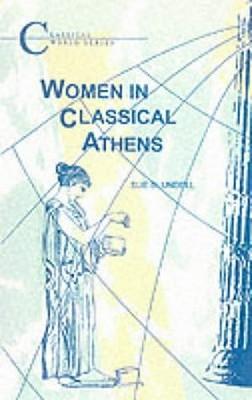This book takes as its starting-point the images of women in the Parthenon sculptures, in order to investigate two levels of feminine experience in Classical Athens, the human and the divine. The inter-play between women's religious prominence and their domestic obscurity is examined in relation to the young citizen women who lead the procession; while the great goddesses represented in the frieze are studies in terms of their relationships with their human worshippers and, on a symbolic level, with the mythological females, such as the Amazons, who appear in the metopes. Finally, the book turns to a third aspect of th e feminine experience, and looks at the women who do not appear in the Parthenon sculptures - the prostitutes, slaves and alien women who made a vital economic and ideological contribution to the Athenian achievement.

This book takes as its starting-point the images of women in the Parthenon sculptures, in order to investigate two levels of feminine experience in Classical Athens, the human and the divine. The inter-play between women's religious prominence and their domestic obscurity is examined in relation to the young citizen women who lead the procession; while the great goddesses represented in the frieze are studies in terms of their relationships with their human worshippers and, on a symbolic level, with the mythological females, such as the Amazons, who appear in the metopes. Finally, the book turns to a third aspect of th e feminine experience, and looks at the women who do not appear in the Parthenon sculptures - the prostitutes, slaves and alien women who made a vital economic and ideological contribution to the Athenian achievement.